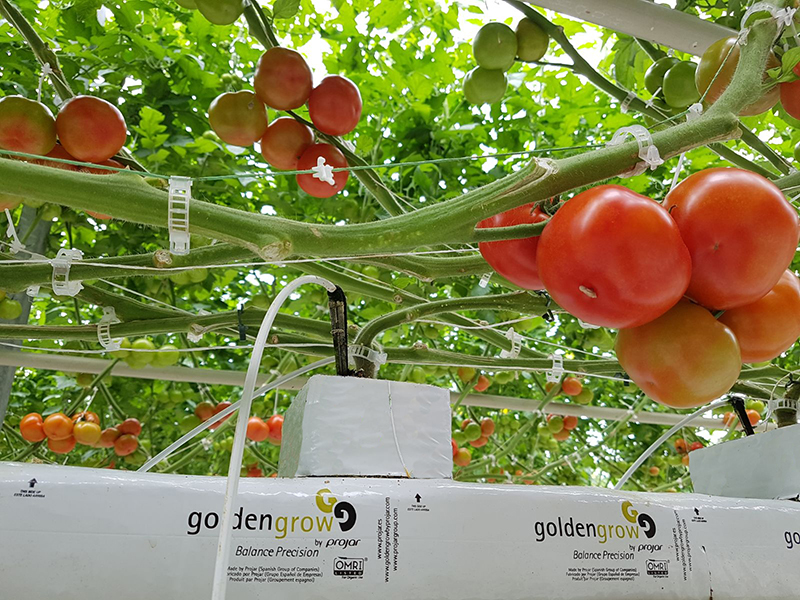Why Woody Plants Are No Longer an Afterthought

Abelia grandiflora ‘Funshine’ (Walters Gardens/Proven Winners ColorChoice Shrubs) was one of the new ornamental shrubs on display at California Spring Trials 2018 that can grow in-ground or in a container. Photo by Allan Armitage.
Plants constantly ebb and flow in and out of our consciousness. Marigolds are pushed aside by zinnias, which give way to geraniums that bow down before calibrachoa. One year the conversation may be about the rise of perennials, where the importance of pollinators, natives, invasives, and deer-proof issues are the source of debate. The next year may be all about the rise of vegetables and herbs. Our industry is like good theatre. The plants provide the star power, and the supporting cast (marketing, production efficiency, etc.) elevates their performance.
Ornamental Shrubs Are New Stars in the Greenhouse
To the landscaper and the woody plant grower, ornamental shrubs have been the backbone of their businesses for decades. The change in shrubs’ importance to the greenhouse industry has come in the last 10 years or so where they are now viewed as a missing piece by traditional greenhouse breeders. The Proven Winners and Ball companies of the world have started to view them as one more plant group they could offer.
How refreshing it is to see abelias, spireas, and deutzias on display at California Spring Trials and at tradeshows like MANTS and Cultivate. They are not stuck over in a corner with the 6-foot-tall hollies and magnolias, but side by side with the hellebores and geraniums. Shrubs offered by historically herbaceous breeding firms are no longer a fad, but a trend that shall continue. We will continue to see woody plant breeders as an integral part of greenhouse crop offerings. It is about time.
There’s Potential for Greenhouse Production
Some of the genera we will be seeing more of as we wander through the wares of breeder shelves in Europe, Canada, and the U.S. are common plants, to be sure. But they are now being stamped with the greenhouse seal of approval; that is, they must be:
• Short and compact
• Provide early color, either through early flowering or foliage
• Look good in a 1-gallon container.
With a little breeding effort, a number of common woody genera could fit the above criteria.
• Abelia
• Buddleia, butterfly bush
• Clethra, summer sweet
• Deutzia
• Distylium
• Forsythia
• Hydrangea
• Lagerstoemia, crepe myrtle
• Loropetalum, fringe flower
• Physocarpus, ninebark
• Rhaphiolepis, Indian hawthorn
• Sambucus, elderberry
• Spiraea
• Weigela
Hydrangeas lead the pack, but abelias and spireas are no slouches either. I will be looking for entirely new forms of crepe myrtle and butterfly bush, and soon the names distylium and loropetalum will be on the same availability list as heuchera and pelargonium. Breeders and distributors of petunias and echinaceas will continue to study the profitability of greenhouse forms of deutzias and weigela.
Shrubs offer more stars for our theatre, to be supported by the rest of the cast. This is a great thing.









